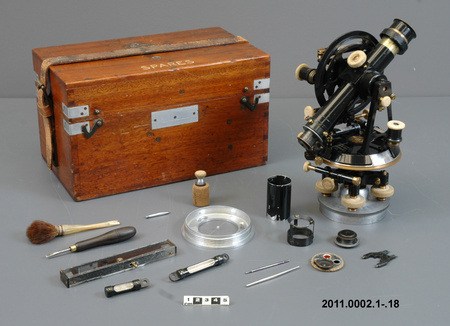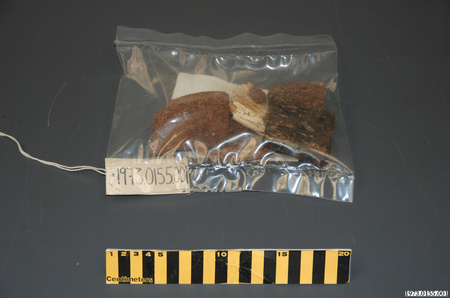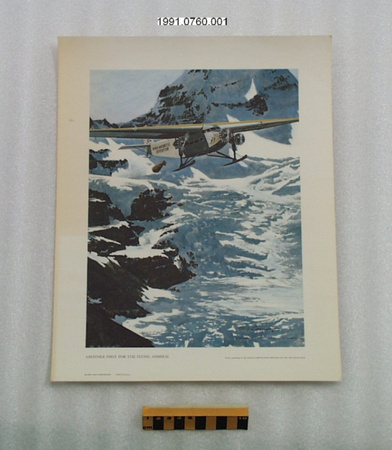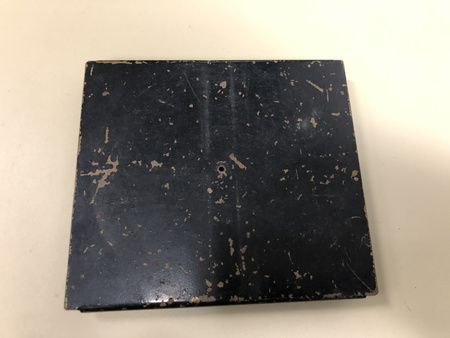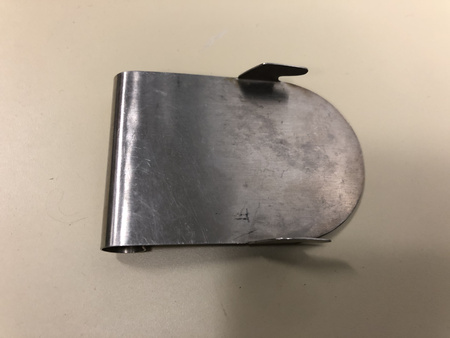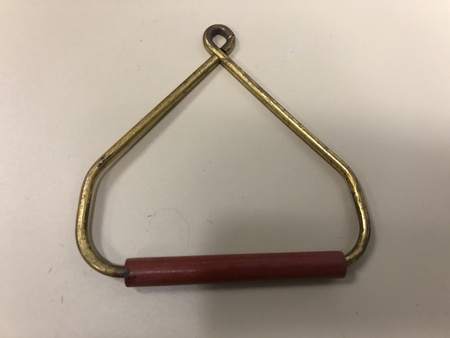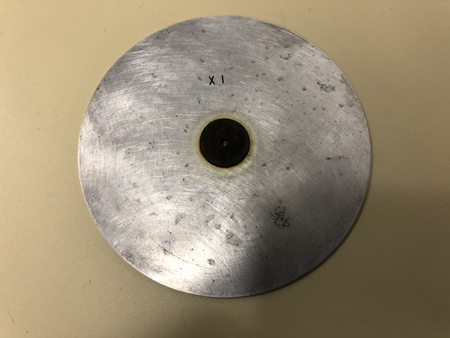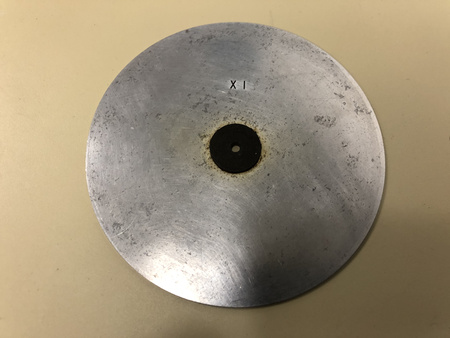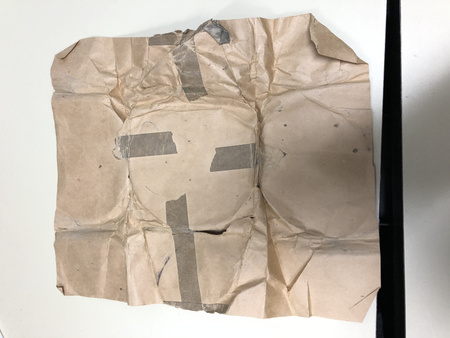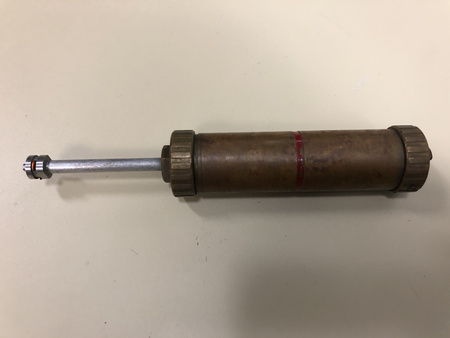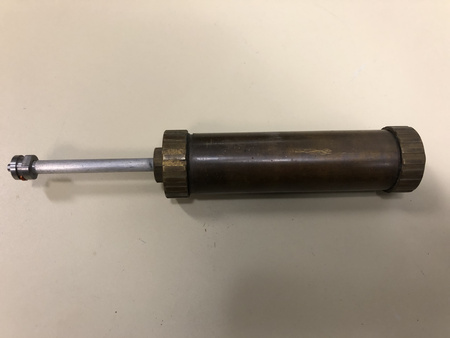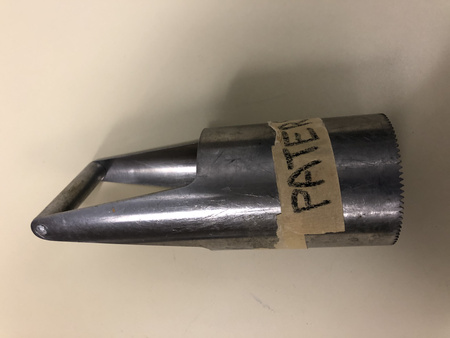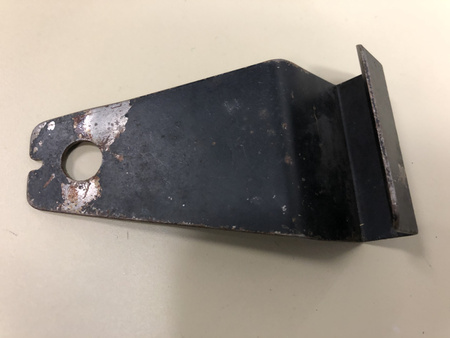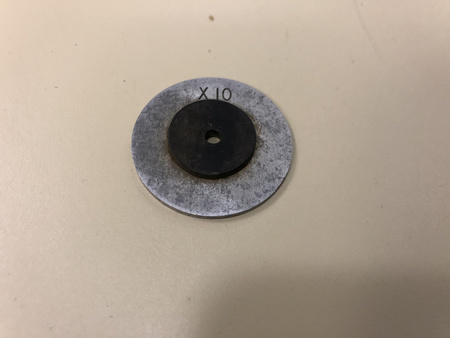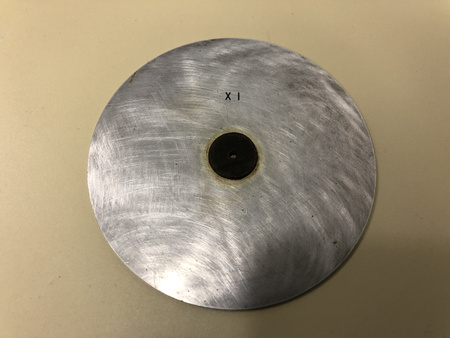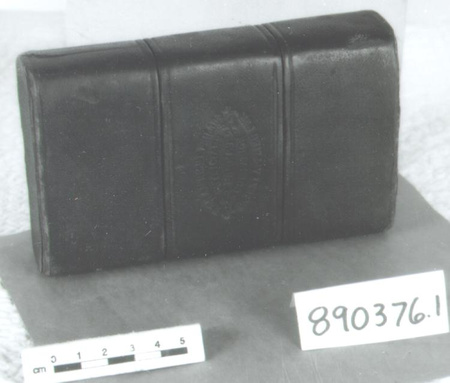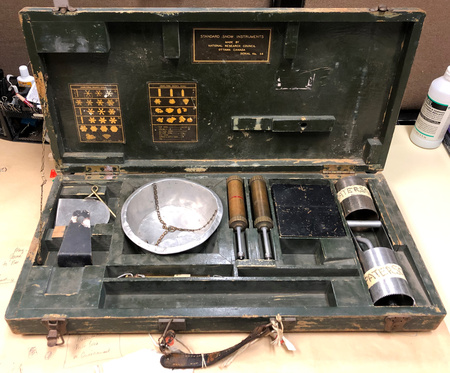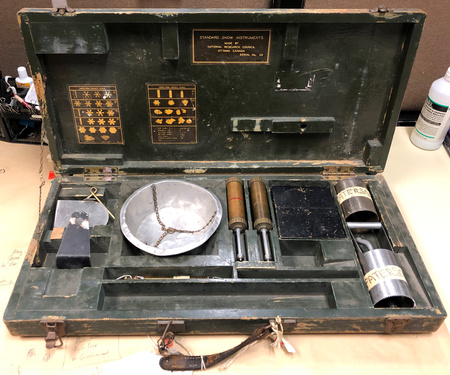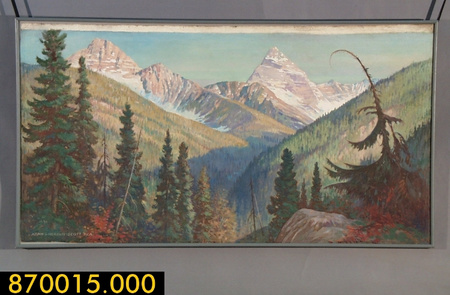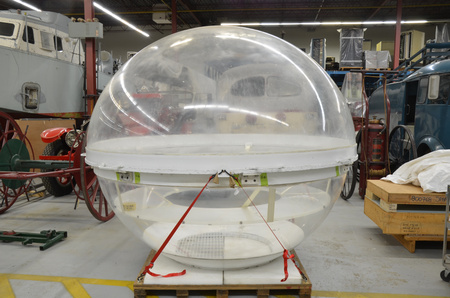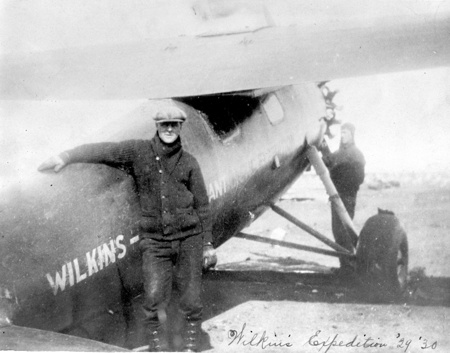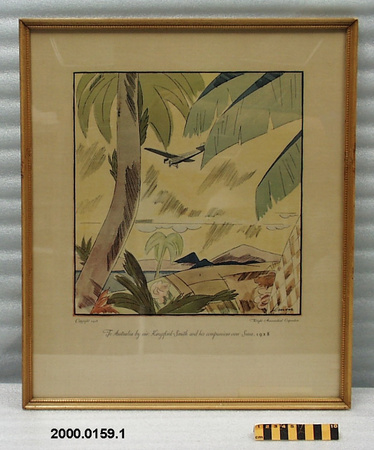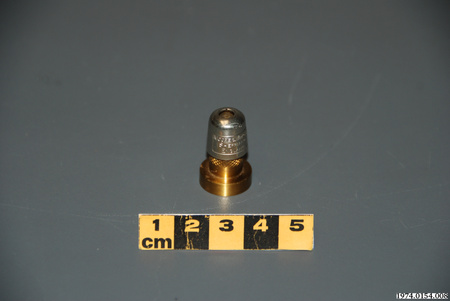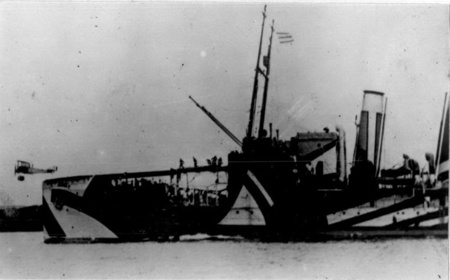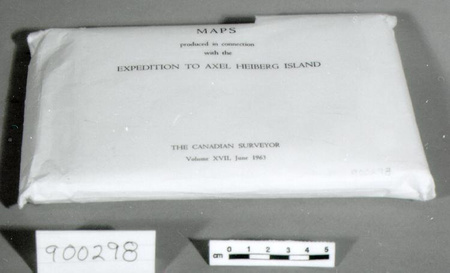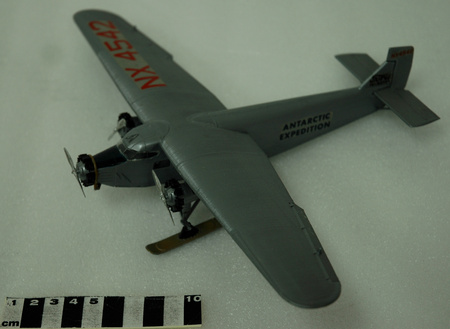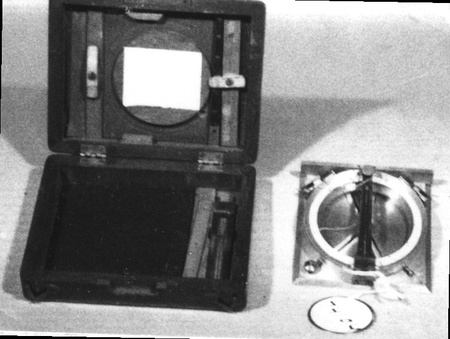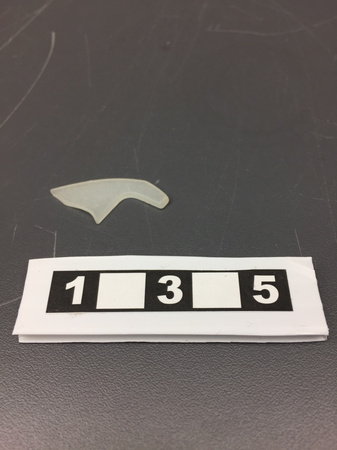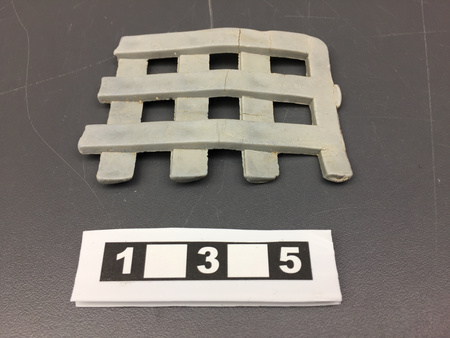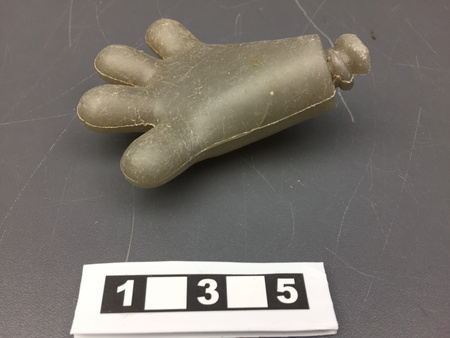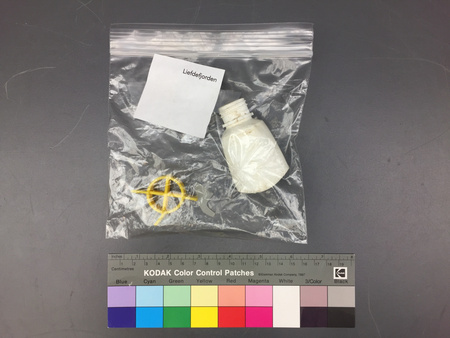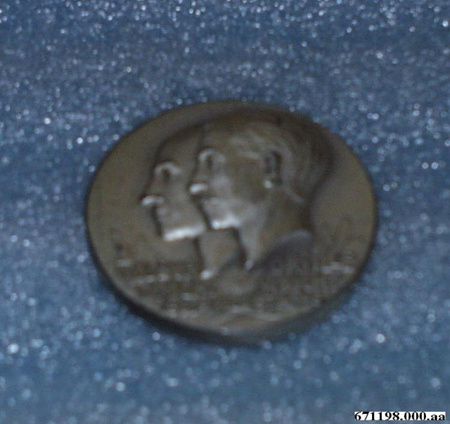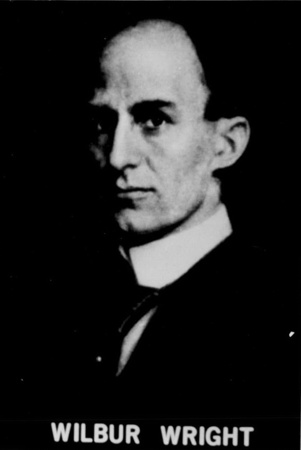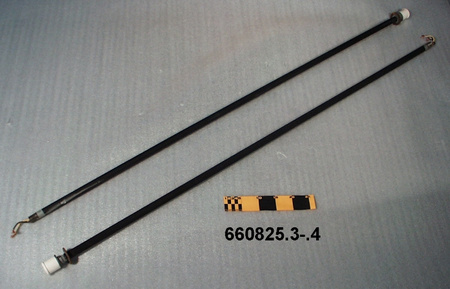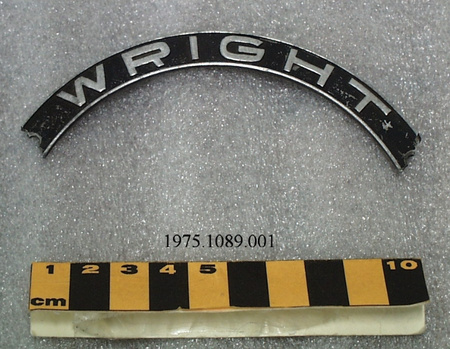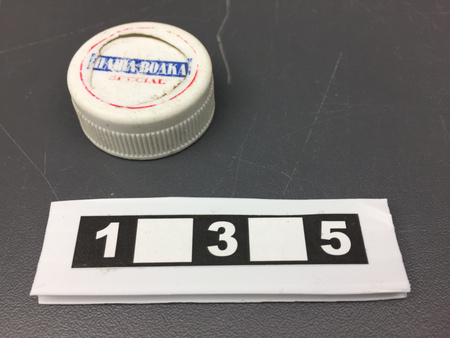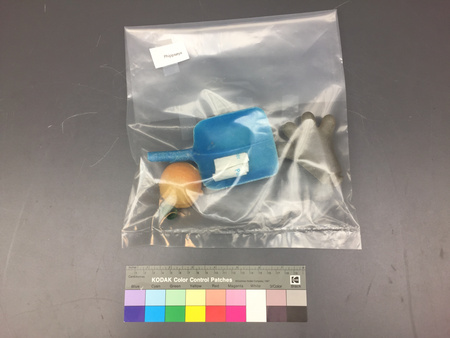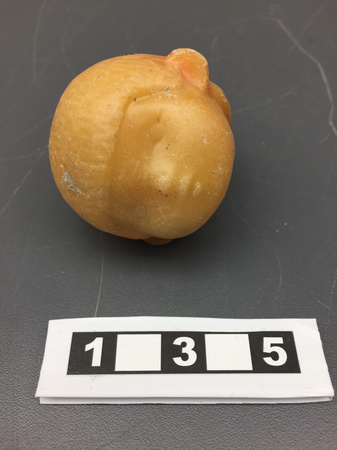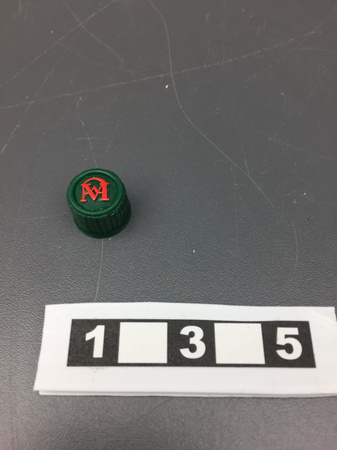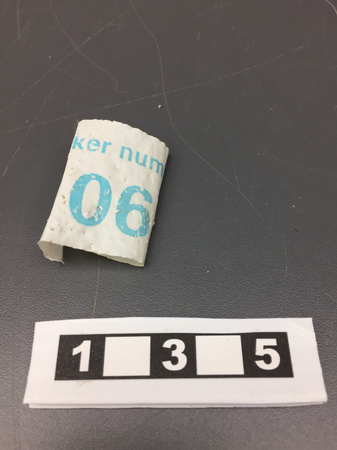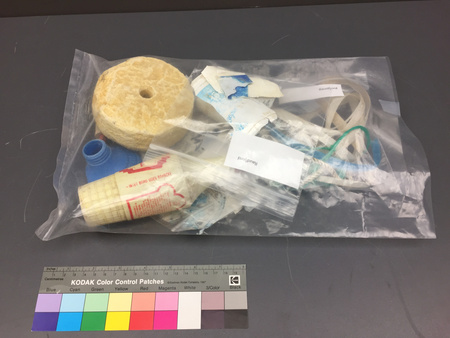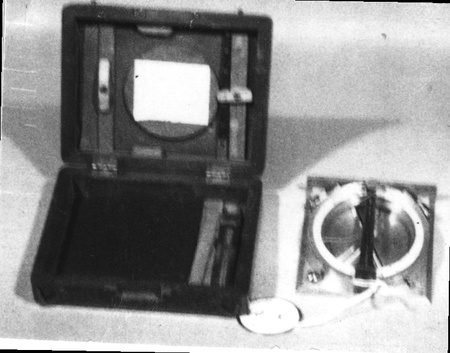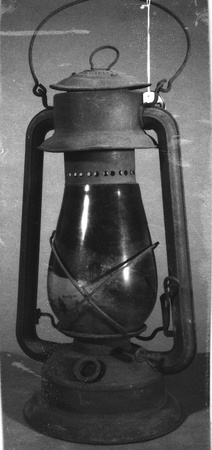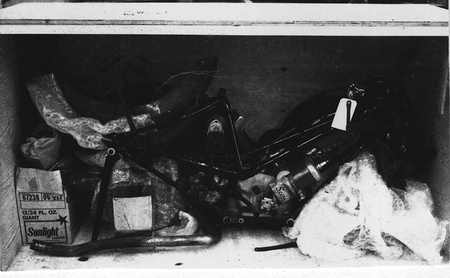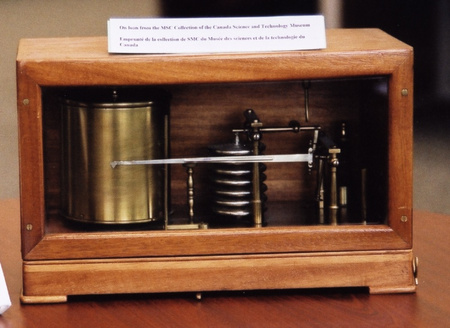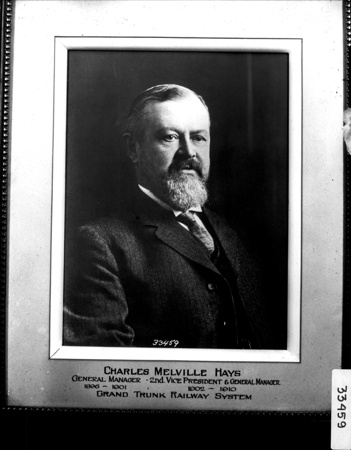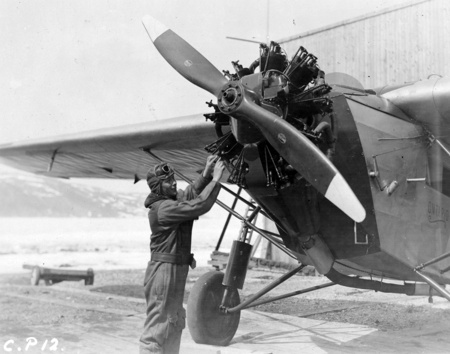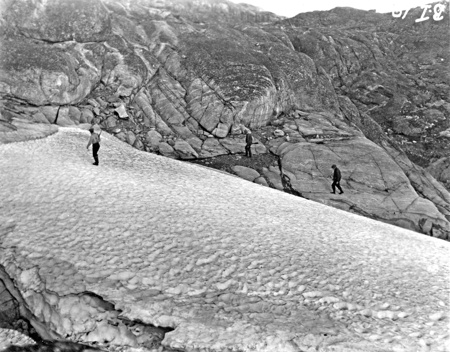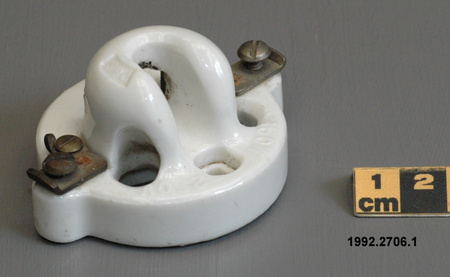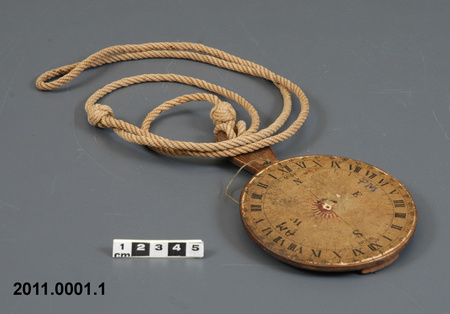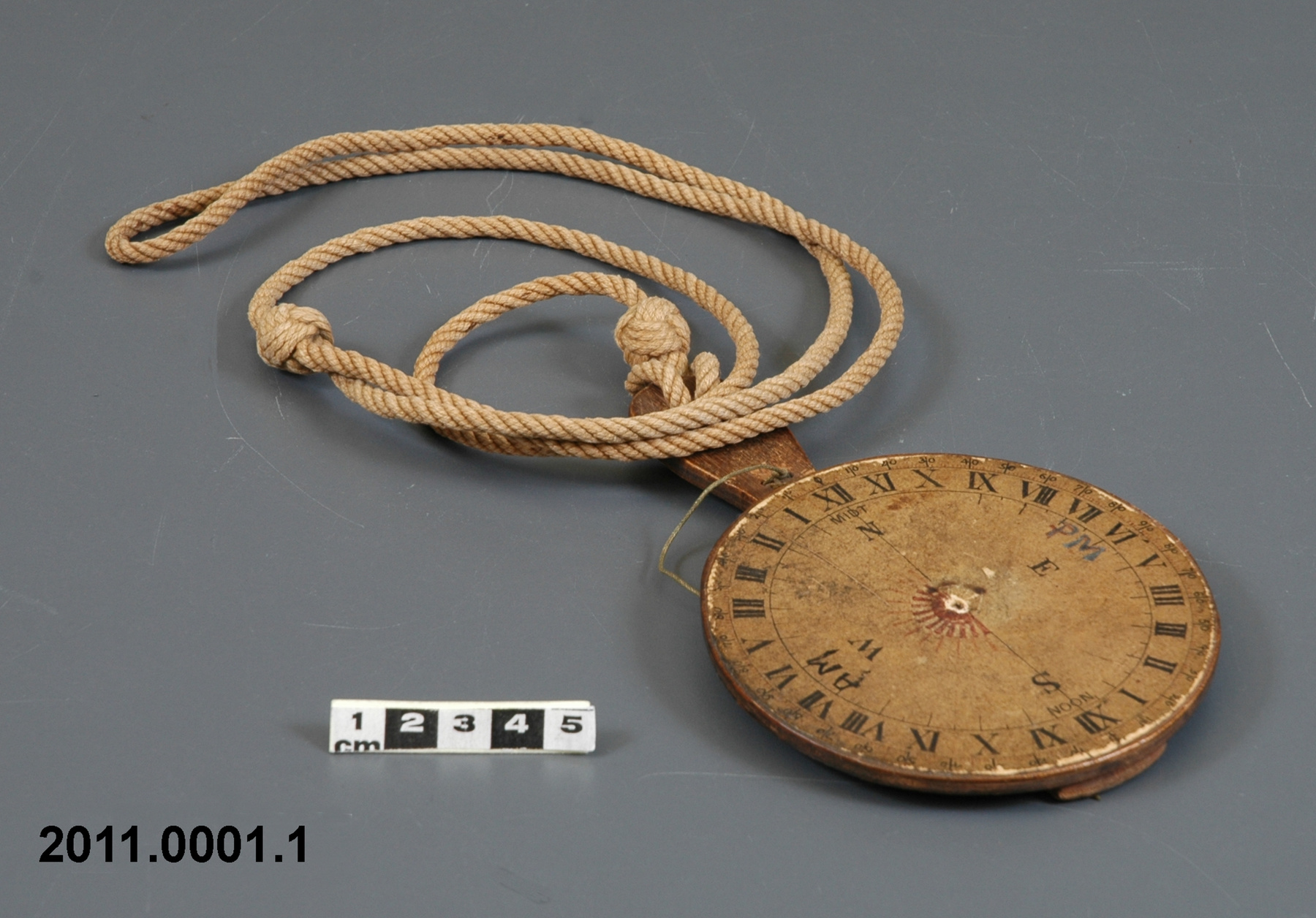Solaire
Utiliser cette image
Puis-je réutiliser cette image sans autorisation? Oui
Les images sur le portail de la collection d’Ingenium ont la licence Creative Commons suivante :
Copyright Ingenium / CC BY-NC-ND (Attribution-NonCommercial 4.0 International (CC BY-NC 4.0)
ATTRIBUER CETTE IMAGE
Ingenium,
2011.0001.001
Permalien:
Ingenium diffuse cette image sous le cadre de licence Creative Commons et encourage son téléchargement et sa réutilisation à des fins non commerciales. Veuillez mentionner Ingenium et citer le numéro de l’artefact.
TÉLÉCHARGER L’IMAGEACHETER CETTE IMAGE
Cette image peut être utilisée gratuitement pour des fins non commerciales.
Pour un usage commercial, veuillez consulter nos frais de reproduction et communiquer avec nous pour acheter l’image.
- TYPE D’OBJET
- hand/Antarctic
- DATE
- 1910–1912
- NUMÉRO DE L’ARTEFACT
- 2011.0001.001
- FABRICANT
- Inconnu
- MODÈLE
- Inconnu
- EMPLACEMENT
- Antarctique
Plus d’information
Renseignements généraux
- Nº de série
- S/O
- Nº de partie
- 1
- Nombre total de parties
- 1
- Ou
- S/O
- Brevets
- S/O
- Description générale
- Wood with paper scale/ Metal hardware/ Fibre rope
Dimensions
Remarque : Cette information reflète la taille générale pour l’entreposage et ne représente pas nécessairement les véritables dimensions de l’objet.
- Longueur
- 15,1 cm
- Largeur
- 10,2 cm
- Hauteur
- S/O
- Épaisseur
- 1,5 cm
- Poids
- S/O
- Diamètre
- S/O
- Volume
- S/O
Lexique
- Groupe
- Horlogerie
- Catégorie
- Cadrans solaires
- Sous-catégorie
- S/O
Fabricant
- Ou
- Day
- Pays
- Antarctique
- État/province
- Inconnu
- Ville
- Inconnu
Contexte
- Pays
- Antarctique
- État/province
- Inconnu
- Période
- circa 1910 +
- Canada
-
An instrument made in Antarctica during the Scott Antarctic Expedition of 1910-1913 and given to one of the expedition members, Canadian Charles Seymour (Silas) Wright. The ill-fated British Antarctic Expedition (aka the Terra Nova Expedition) was under the leadership of Captain. Robert Scott and, because the Scott team was beaten to the South Pole by Norwegian Roald Amundsen, and because of Scott and his fellow travelers' subsequent deaths on the way back to the base camp, the expedition is very well known. Charles Seymour (Silas) Wright (1887/04/07 -1975/11/01) was the only Canadian member of the Scott expedition. He was studying for his PhD in physics at Cambridge and delayed his studies to join the expedition and served as the physicist and glaciologist. He was a member of the ill-fated expedition that set out for the South Pole on November 1911 but was one of the support group sent back to the base camp by Scott on December 23. Scott and three companions made it to the South Pole only a month after Norwegian, Roald Amundsen. The story of that race is one of the most widely known stories in polar exploration. Amundsen has a strong link to Canada as he headed the first ever successful journey through the Northwest Passage. Wright's role in Scott's Antarctic expedition was as a physicist and glaciologist and, he ultimately received lasting recognition by spotting the tent where the bodies of the Scott and two of his companions were found. Wright went on to have a distinguished scientific and military career as outlined in the Canadian Encyclopedia (See Acquisition Proposal). Although Canada has not been directly involved in Antarctic exploration as a nation, there has been a natural and strong link between Arctic and Antarctic exploration especially in the early to mid-20th century. Exploration of Canada's north included the following early expeditions: Otto Sverdrup (1898-1902) on the famous ship the Fram which also carried Roald Amundsen to the Antarctic for his successful trek to the South Pole; Roald Amundsen`s first circumnavigation of the Northwest Passage (1903-1906); Captain. Robert E. Peary (1906); Frederick A. Cook (1908); Vilhjalmur Stefansson (1916); and Hans Krüger (1930)- an unsuccessful venture leading to the death of the three explorers [Krüger was a geologist whose theodolite and other artifacts were discovered in 1999 on Axel Heiberg Island]. - Fonction
-
An instrument that indicates the time of day at the South Pole by means of the position, on a graduated surface, of a shadow is cast by the sun. - Technique
-
This hand made "sundial" cannot be specifically associated other than through Charles Wright's own attribution. The notes from Christie's states it was given to Wright by "Edward Wilson on the top of Beardmore Glacier". Wilson [1872-1912] was an English naturalist and medical doctor who participated in Scott's two Antarctic expeditions and died with him in 1912. Beardmore Glacier was on the route taken by Scott's expedition to reach the South Pole. The sundial was either Wright's own, or the one that was given to him by Wilson on Beardsmore Glacier on December 21, 1911. It is one of several made by motor engineer Bernard Day at Scott's base in Antartica, probably using plywood from a packing case. More a tongue in cheek memento from a colleague than a scientific instrument, this was designed to determine time at the Pole. However, at the Pole there is no N-S line for the reference so one needed another instrument to set a reference line, i.e. 0o longitude. The style of the sundial is what one would require when close to the Earth's polar axis, i.e. flat without a gnomon and with equal hours. To use it, one would require a theodolite and maps of the polar regions to establish one of the cardinal directions to align the dial both of which Wright carried or to which he would have had easy access. Once fixed, the sundial would serve as a reasonably accurate (1/4 hour) timepiece. - Notes sur la région
-
Inconnu
Détails
- Marques
- Black printed and handwritten lettering and markings on sundial scale
- Manque
- Vertical pin
- Fini
- Brown stained wood/ Brown paper/ Brown rope/ Black screws
- Décoration
- S/O
FAIRE RÉFÉRENCE À CET OBJET
Si vous souhaitez publier de l’information sur cet objet de collection, veuillez indiquer ce qui suit :
Fabricant inconnu, Solaire, entre 1910–1912, Numéro de l'artefact 2011.0001, Ingenium - Musées des sciences et de l'innovation du Canada, http://collection.ingenium.ca/fr/id/2011.0001.001/
RÉTROACTION
Envoyer une question ou un commentaire sur cet artefact.
Plus comme ceci
